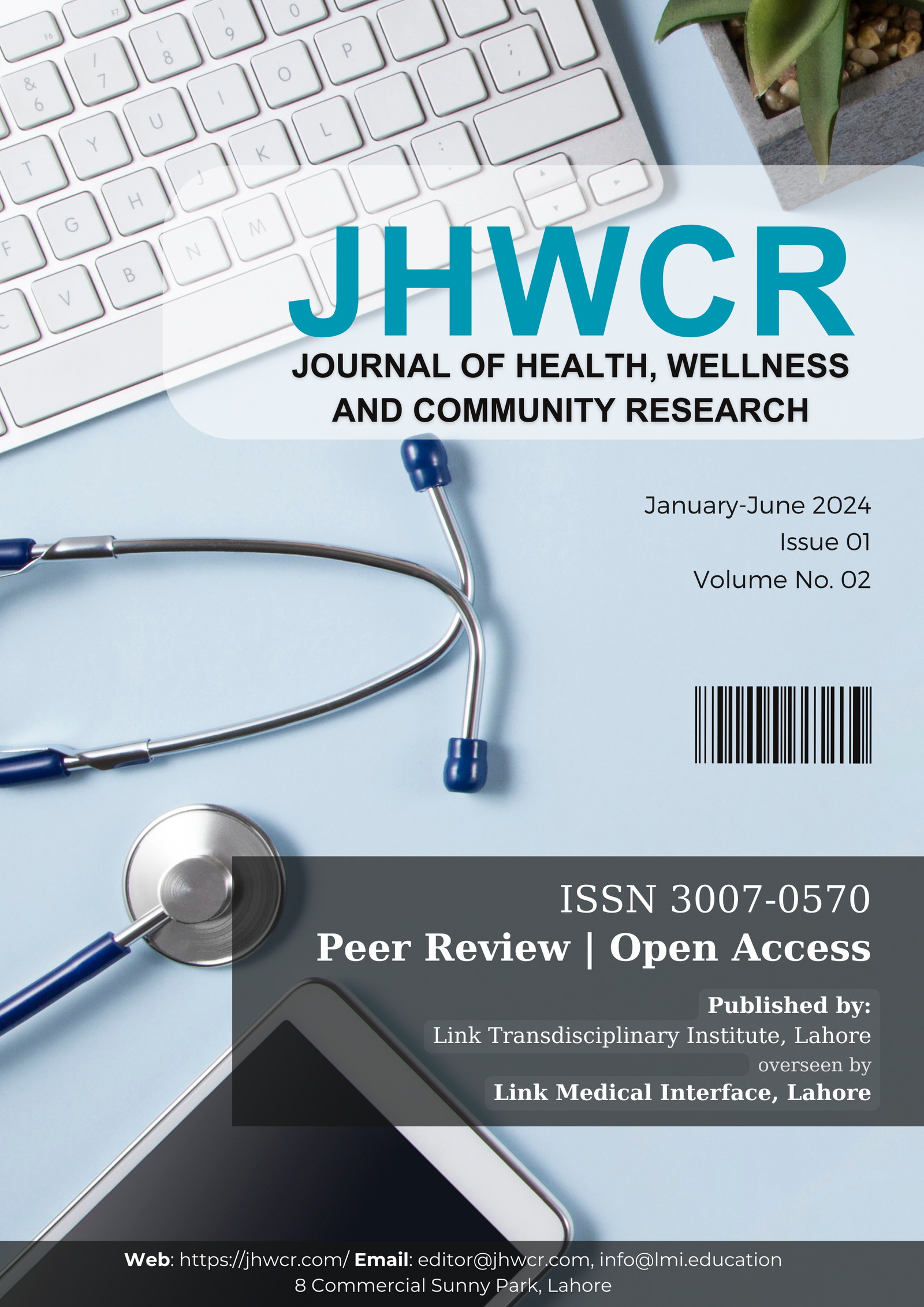Prevalence of Piriformis Syndrome in Receptionists of Lahore
DOI:
https://doi.org/10.61919/1txc2521Keywords:
Piriformis Syndrome, Occupational Health, Sedentary Behavior, Musculoskeletal Pain, Receptionists, Physical Activity, Prevalence.Abstract
Background: Piriformis syndrome (PS) is a frequently underdiagnosed cause of sciatic pain among sedentary workers, with limited data available for high-risk occupational groups such as receptionists. Identifying the prevalence and correlates of PS in this context is critical for targeted prevention and intervention. Objective: This study aimed to determine the prevalence of piriformis syndrome among receptionists in Lahore, evaluate pain intensity and physical activity levels, and identify associations with occupational and demographic factors. Methods: A cross-sectional observational study was conducted among 366 receptionists aged 21–35 years in Lahore, selected via non-probability sampling. Inclusion criteria were age, job roles involving prolonged sitting, and presence of unilateral buttock pain with or without radiating symptoms for at least one month. Exclusion criteria included recent low back pain, spinal or systemic disorders, trauma, and pregnancy. Standardized diagnostic maneuvers (FAIR, Beatty, and Pace tests), the Numeric Pain Rating Scale, and the International Physical Activity Questionnaire were administered. Ethical approval was obtained from the University of Lahore in accordance with the Helsinki Declaration. Data were analyzed using SPSS v27.0 with descriptive and inferential statistics as appropriate. Results: The prevalence of clinically confirmed PS was 33.1%. Pain aggravated by sitting was reported in 26.5%, while 30.3% had unilateral buttock pain. Most participants had moderate-to-high physical activity (mean vigorous activity: 2.18 ± 0.98 days/week; mean sitting: 84.5 ± 42.3 minutes/day), and pain intensity was generally low (mean NPRS: 0.48 ± 0.86). Statistically significant associations were observed between sedentary behavior, physical activity levels, and PS prevalence (p < 0.05). Conclusion: Piriformis syndrome is a prevalent and clinically relevant musculoskeletal disorder among receptionists, emphasizing the importance of ergonomic interventions and activity promotion in sedentary occupations to safeguard neuromuscular health and workforce productivity.
Downloads
Published
Issue
Section
License
Copyright (c) 2025 Menahil Nawaz, Muhammad Asif, Ghulam Dastgeer, Arooj Mansha, Neelam Mehmood (Author)

This work is licensed under a Creative Commons Attribution 4.0 International License.


